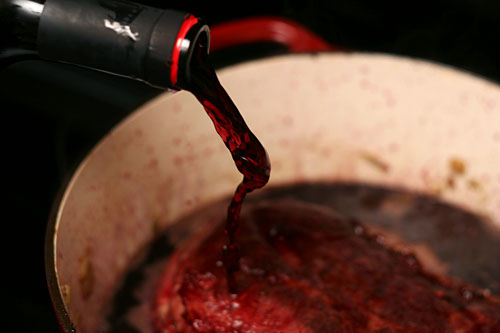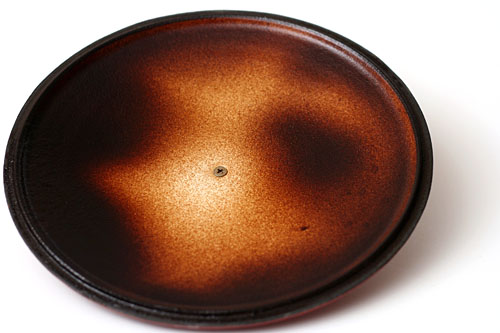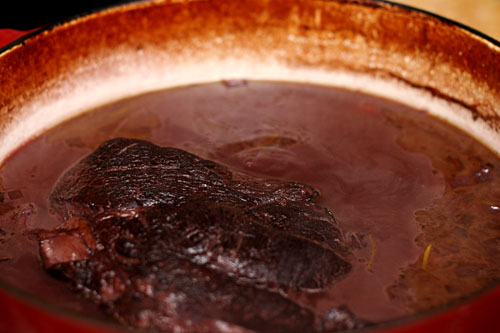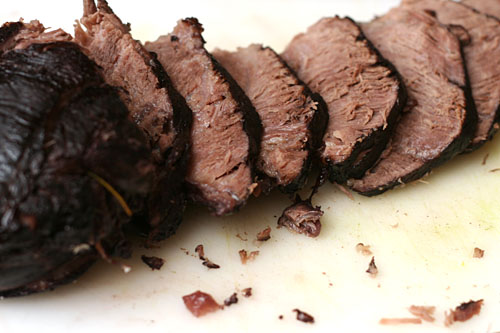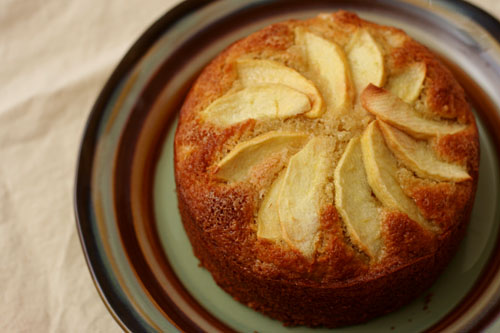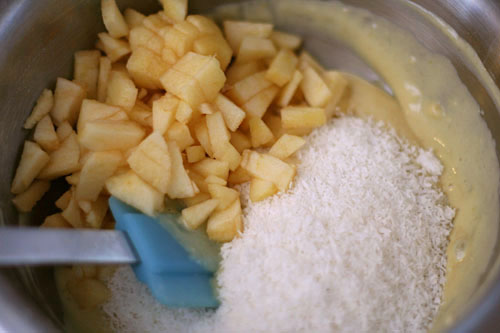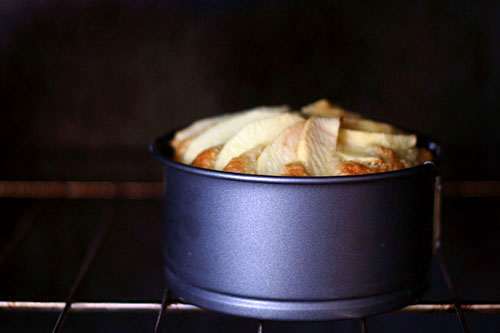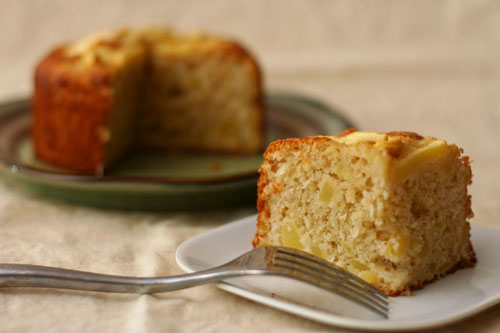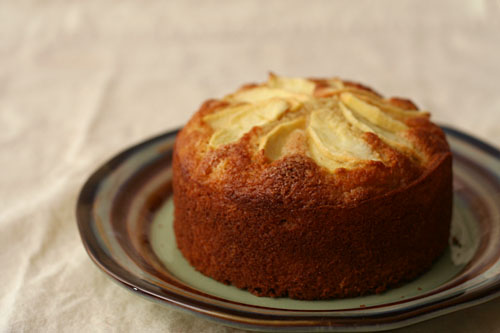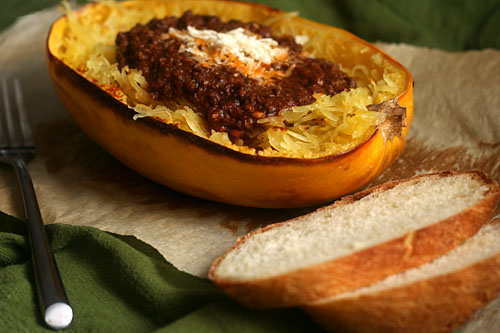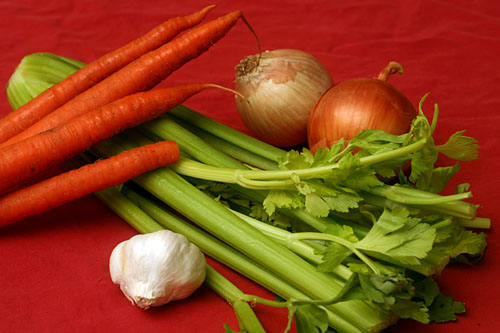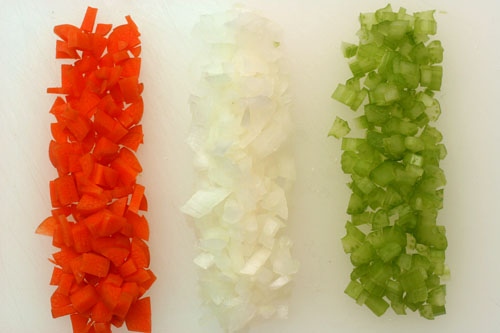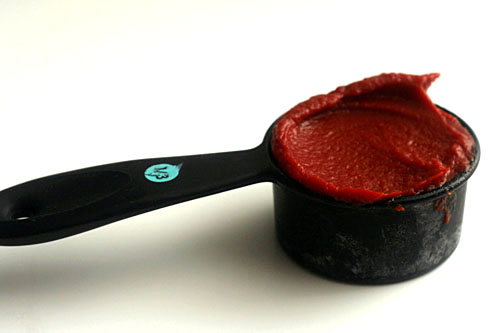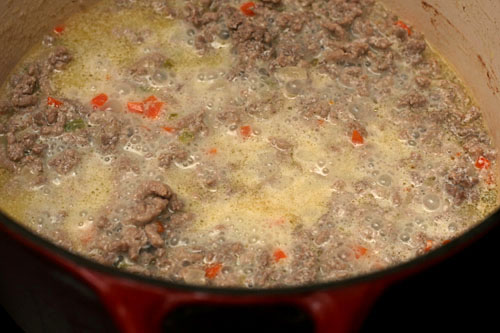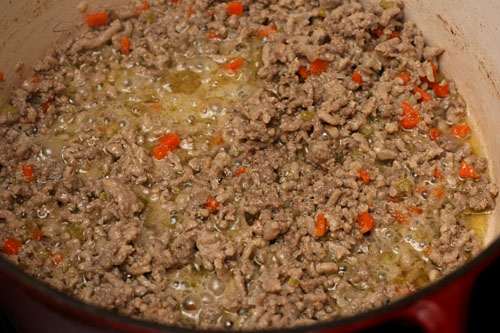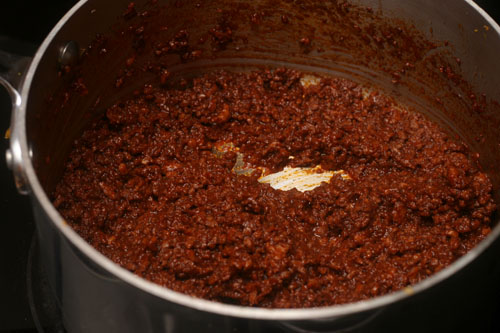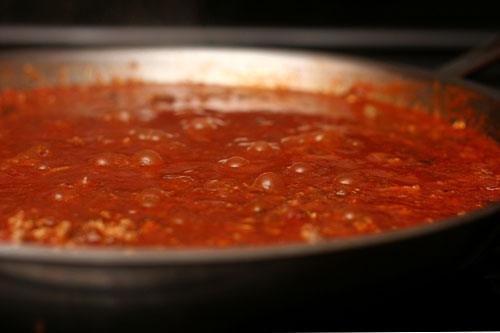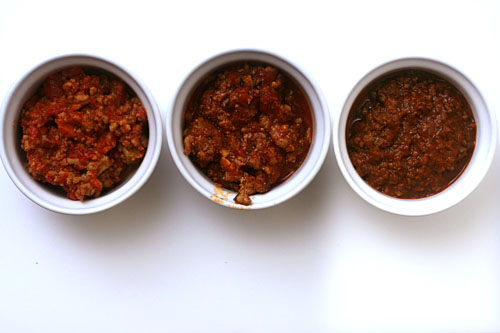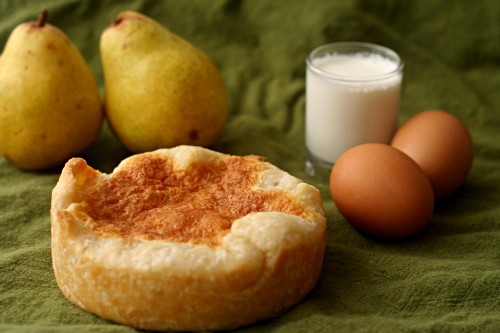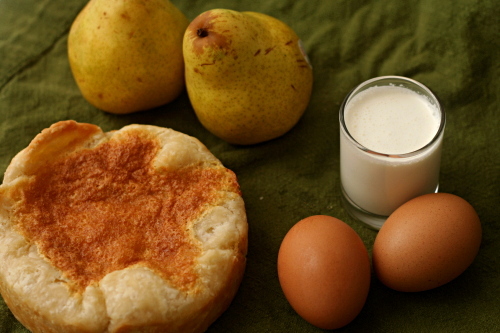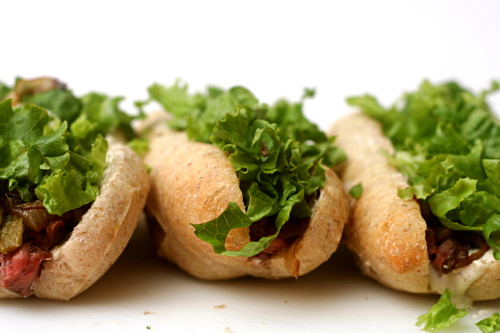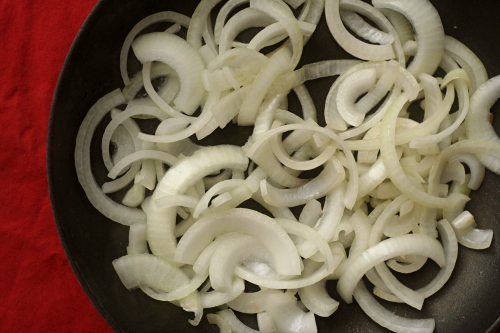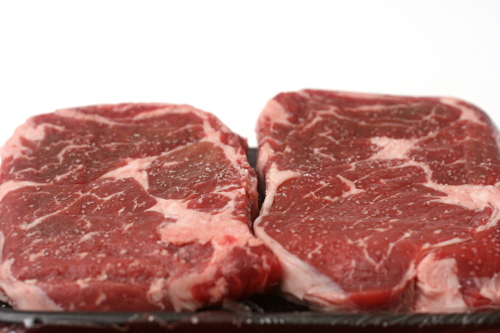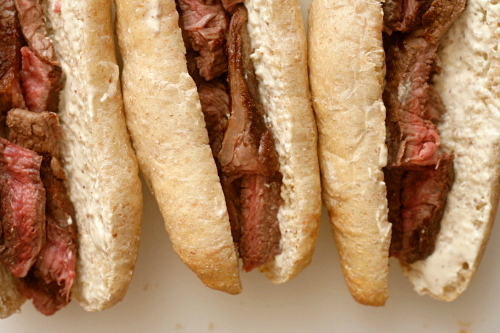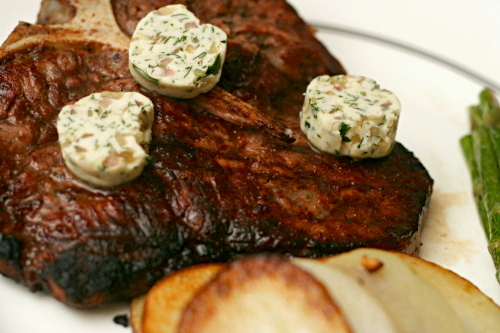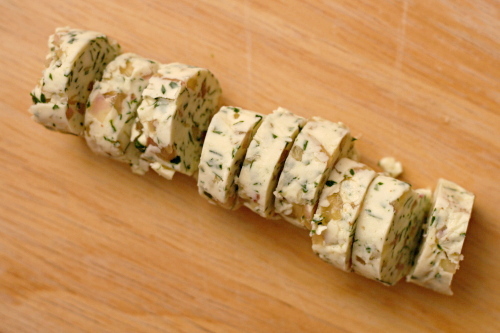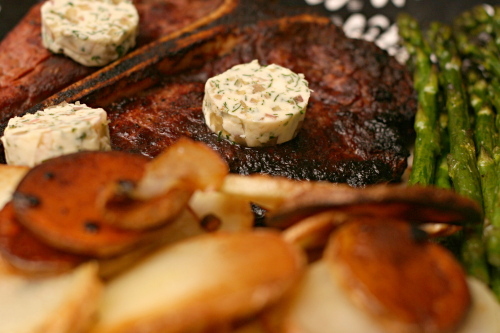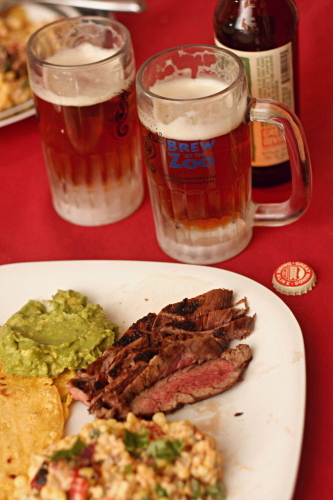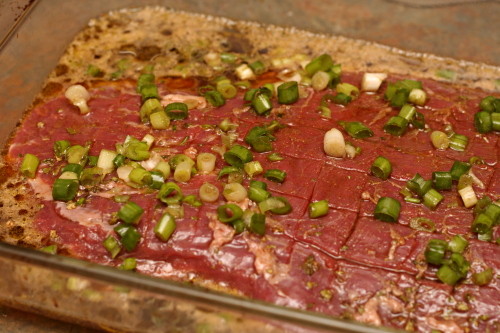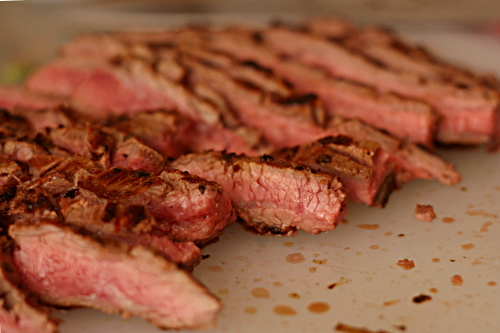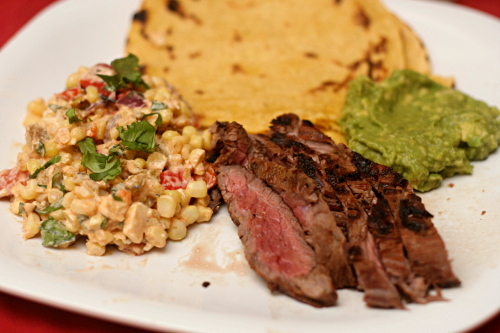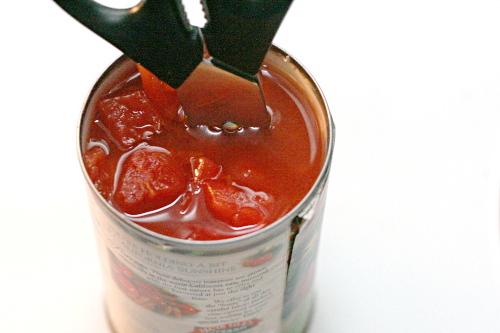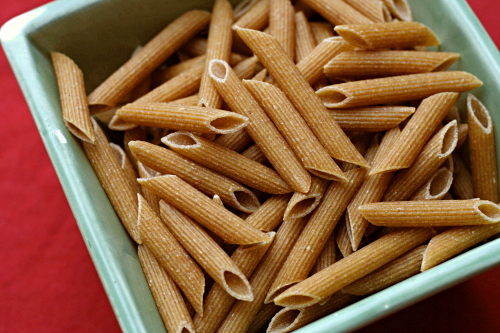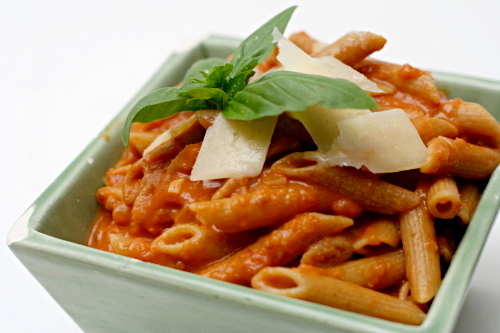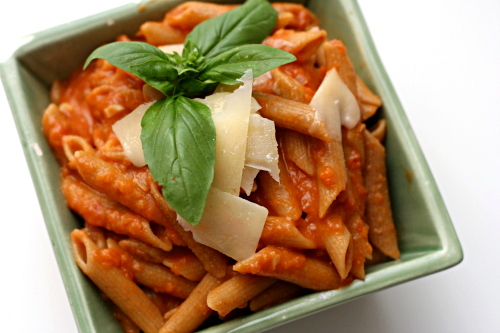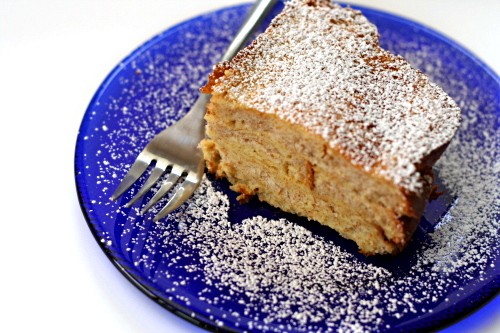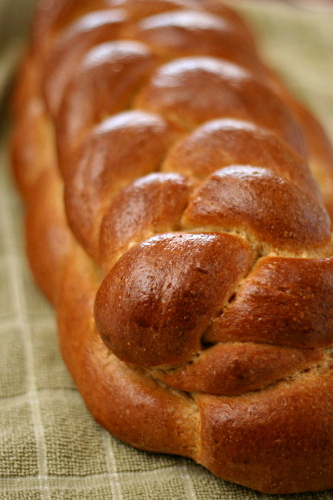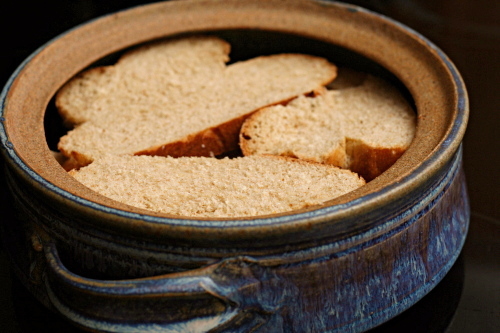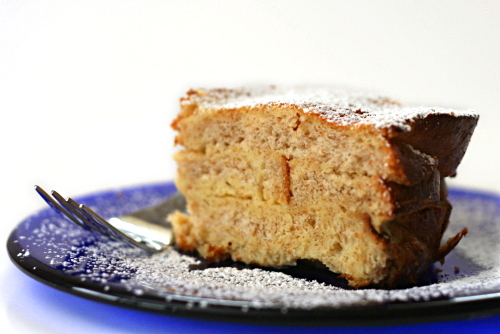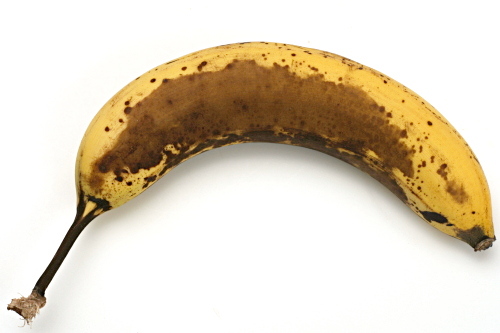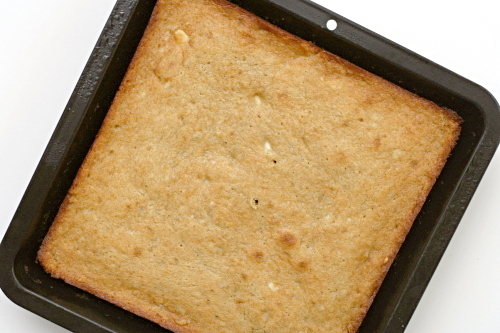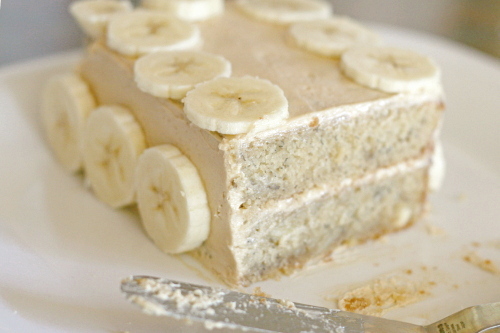I seem to be going through a phase. I was trying to choose what recipe to post about next, but everything I have to choose from seems so similar to Bolognese – Italian sauces based either on beef, tomatoes, or both. Maybe it’s because Dave and I are talking about visiting Italy next year, or maybe it’s because Italian beefy and/or tomatoey recipes are so perfect for winter (or what passes for winter in southeastern New Mexico).
Although, if you cook the beef in Yellowtail Cabernet Sauvignon instead of Barolo, can you still call it an Italian recipe? I don’t imagine that I will ever cook with Barolo, and I certainly don’t recommend that you do either. Barolo is expensive. You’ll rarely find it for less than $50 per bottle and certainly never under $20. Don’t dump $40 worth of wine into your stew, please. And have you ever had Yellowtail’s cab? It’s perfectly drinkable, and at $5 per bottle, it’s a far more practical cooking wine.
Yes, this pot roast is cooked with 2 whole bottles of wine. It’s intensely winey – obviously. In fact, the first night we had this for dinner, I was a little taken aback. The meat is purple and the flavor is so…winey. However, the leftovers the next night were perfectly balanced, so I suspect I didn’t cook it long enough initially, especially considering that the meat wasn’t quite as tender as I like my pot roast.
But that also means that this is one of those meals that is even better when it’s made in advance. It seems to me, then, that this is the perfect meal for guests – it’s convenient and delicious, but the wine makes it fancy. Even if it isn’t fancy wine.
One year ago: English Muffins
Two years ago: Red Velvet Whoopie Pies
Printer Friendly Recipe
Brasato al Barolo – Beef Braised in Barolo (adapted from Emeril)
6 servings
Oops, I just saw that the recipe calls for 1½ bottles of wine, not the 1½ liters, or two bottles, that I thought when I made this. So yours might not be quite as winey as mine. And now you have half a bottle to sip on while you wait for the beef to cook!
1 tablespoon olive oil
1 (3-pound) boneless beef chuck roast, patted dry
Salt and freshly ground black pepper
3 ounces pancetta, diced
1 yellow onion, diced
2 medium carrots, diced
2 celery stalks, diced
3 cloves garlic, minced
1½ bottles (4½ cups) Barolo, or other dry red wine
2 cups chicken stock
2 sprigs rosemary
2 bay leaves
1 cinnamon stick
¼ cup chopped fresh parsley, for garnish
1. Heat the oven to 325 degrees.
2. In a large Dutch oven, heat the oil over medium-high heat. Sprinkle the beef with salt and pepper. Add the beef to the pot and cook, turning every 2-3 minutes, to brown on all sides. Remove from the pan. To the fat in the pan, add the pancetta and cook until browned, about 3 minutes. Add the onions, carrots, celery and a pinch of salt; cook until caramelized, about 10 minutes. Add the garlic and cook until fragrant, about 30 seconds. Return the beef to the pan and add the wine, 2 cups of the stock, rosemary, bay leaves and cinnamon stick. Bring the liquid to a simmer over medium-high heat, then cover tightly and transfer the pot to oven.
3. Cook, turning the roast every 30 minutes, until fully tender and a meat fork slips in and out of meat very easily (3½-4 hours). Remove the meat from the pan and tent with foil to keep warm.
4. Remove the rosemary, bay leaves, and cinnamon stick, and place the pot over high heat. Cook until the sauce is reduced to a consistency thick enough to coat the back of a spoon, about 10 minutes. Adjust the seasoning to taste.
5. Thinly slice the beef across the grain into ¼-inch thick slices. Serve the beef ladled with the sauce. Garnish with parsley and serve.


